You Don’t Have Strategy Until You Answer These 2 Questions
Leadership teams love getting together to lay out a strategy. But…
The big “but” is that it easy to get the vague big picture decisions agreed to but it is difficult to lay out a strategy in enough detail that the rest of the organization is guided by it. It is true that strategy should not micromanage – it should not and cannot possibly answer every question. But it must layout the big cross functional kinds of changes required to achieve the vision and a time-based scenario for getting there. It is a given that this scenario won’t be right. But its value is not in its accuracy it is in getting better understanding the of the cross functional coordination required to get there.
One exercise we advocate for surfacing huge misalignment issues in strategy is answering these two questions.
1. How Big Do We Want to Be in 10 Years?
This first questions puts a number on vague language. It forces the team to think about things like industry growth, inflation, market share, etc. This is a revealing kind of question that teams like discussing. The answer of course is not a plan it just a quantified element of visioning. Of course, it takes a completely different plan to grow from $10m to $25m verses $10m to $250m. The most important part of the first question is the way that it sets up the second question.
2. Where will that growth come from?
Break the answer down into four sub-categories.
- Products/services
- Markets (demographic)
- Distribution channels
- Geographic Territories
And for each sub-category list what sales are today and what you want them to be 10 years from now at the next level of detail. For example: If Product A has sales of $5m today and Product B has sales of $5 today. Then list that you expect in 10 years Product A will be $6m in sales, Product B will be $20m and Product C will be $24m. This brings clarity to a strategic growth scenario. “A” is no growth, “B” is strong growth and “C” is a new product that currently doesn’t exist and is going to account for half the business in 10 years.
Repeat this same discussion for channels of distribution, demographic markets and geographic markets and your leadership team will have a dramatically different understanding of what the strategy is calling for.
Of course, there are thousands of other questions that have to be worked in the tactics to pursue this plan, but by asking these two questions, you engage the leadership team at a completely different level of envisioning how to move forward. There is almost no chance things will work according to this scenario, but building out the scenario forces a level of understanding in the coordination needed to get the organization to think about what it’s going to take to get there.
Principle
An ancient biblical parable states that “without vision the people perish”. The deeper meaning is that for people to work together effectively, to align around purpose, requires clarity. The larger an organization is, the more difficult it is to bring clarity to the frontlines. Useful strategies need to be detailed enough to provide cross-functional alignment. The alternative is chaos.
Subscribe to the LeadFirst Briefing
Conquer Chaos in Your Business
- Order copies of Built to Beat Chaos for your team
- Lead your team through the Discussion Guide
- Set a vision for your business with the LeadFirst Purpose Workshop.





